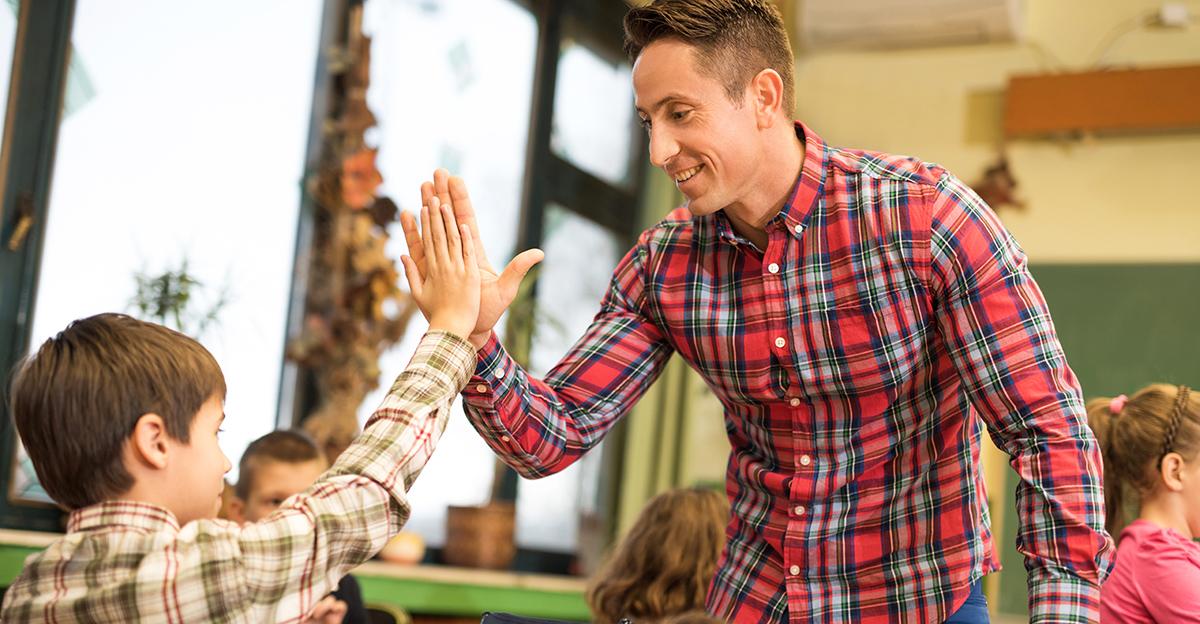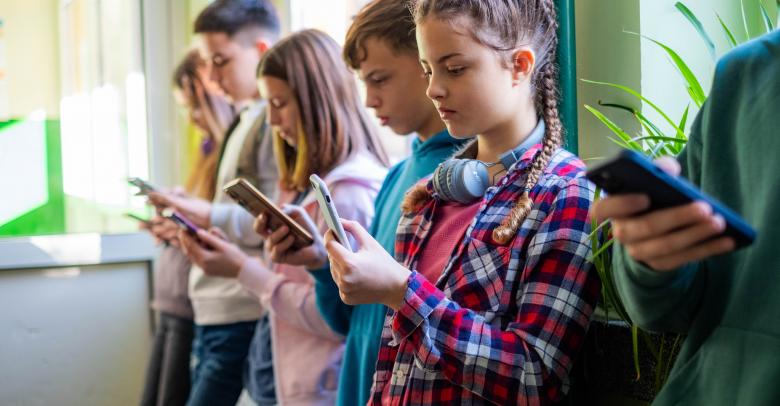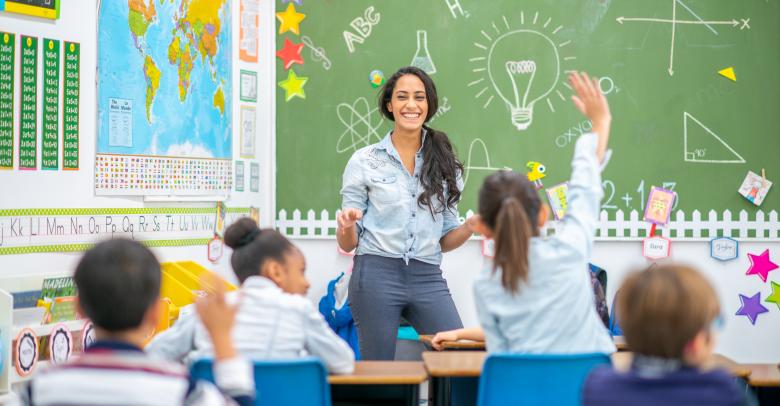While half the battle of rewarding students is deciding what deserves incentive, the other half is creating the right incentives and promoting the right behaviors. Check out these steps for creating incentives that will work for your specific classroom.
Table of Contents
4 Tips for Effective Student Rewards and Incentives
Whether you’re celebrating a class milestone, like the 100th day of school or the end of the school year, or you simply want to reward students for working extra hard on a project, there are many tangible and intangible ways to celebrate their success. We’ve rounded up a few tips and inspirational ideas.
Seek Out Opportunities for Positive Reinforcement
Rewarding desirable behavior, or positive reinforcement, is a more effective method for motivating students than punishment.
However, it’s important to distinguish between bribing and rewarding. Bribing involves promising a student a reward in exchange for their cooperation. It can create a sense of entitlement by saying a child should only behave or perform well if there’s something to gain. Rewarding is recognizing an achievement that allows students to feel proud of their effort.
Positive Reinforcement Ideas
- Direct Reinforcement: Rewarding for good behavior in group activities results in more invitations to participate in them.
- Social Reinforcers: Rewarded socially through expressing approval by parents, teachers, and/or peers.
- Activity Reinforcers: Rewarded with opportunities to participate in a preferred activity, like games with a friend.
Determine What Deserves Reward
Rewarding every instance of good behavior or extra effort in the classroom is impractical. Share clear expectations for acceptable behavior with your students. When kids go above and beyond the basics, it might be time for a reward.
Keep Rewards and Incentives Simple
For everyday achievements, like good behavior or random acts of kindness, a reward can be as simple as stickers or a treat. Even verbal praise or applause can go a long way toward making a student feel special.
For bigger accomplishments, such as straight As or perfect attendance, medals or certificates can elevate the occasion. The key is to recognize a student’s efforts and create positive associations.
Simple Reward Ideas
- Tangible Rewards: Rewards include snacks, toys, balloons, stickers, etc.
- Token Rewards: Rewards are points or tokens that can be exchanged for something they value.
Always Involve the Students
Directly involving students in the classroom reward system is an excellent hands-on learning opportunity. You could let them help select the contents of the class prize box or have them collaborate on classroom rules. You can also give them experiences that teach social skills, cooperation, and autonomy. This blog post has several fantastic suggestions for rewarding kids through empowerment.
How Do You Use Rewards and Incentives?
No matter how you recognize and reward good behavior or special occasions, keep the focus on recognizing students’ efforts. What awards or incentives work especially well in your classroom?






Leave a Reply